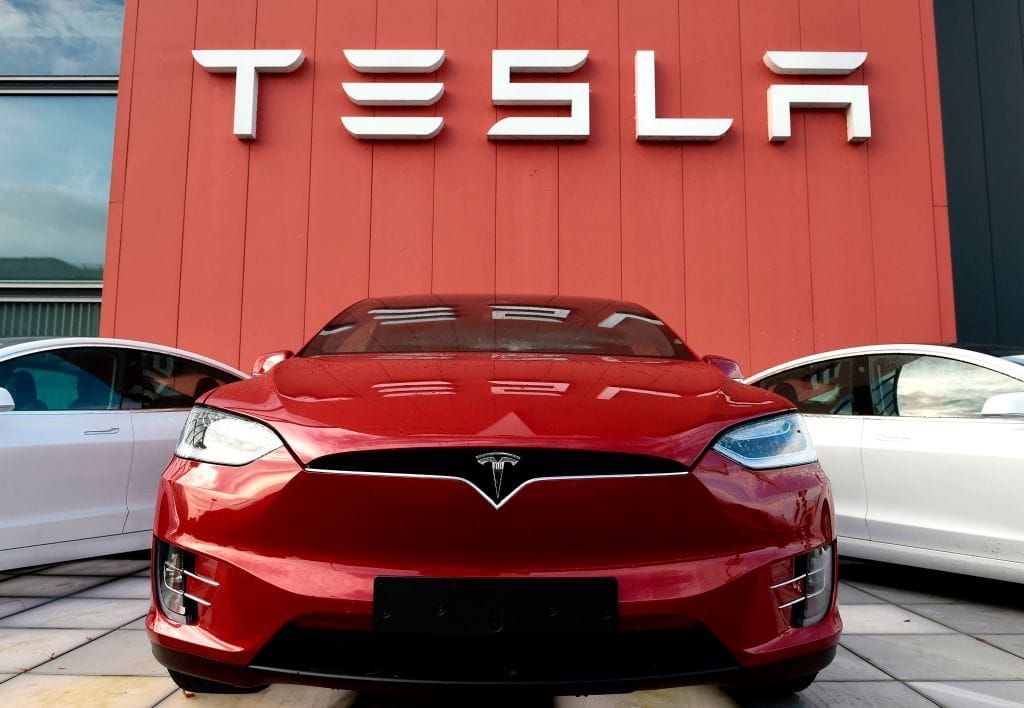Teslas and other electric vehicles encounter a lot of problems in cold weather.
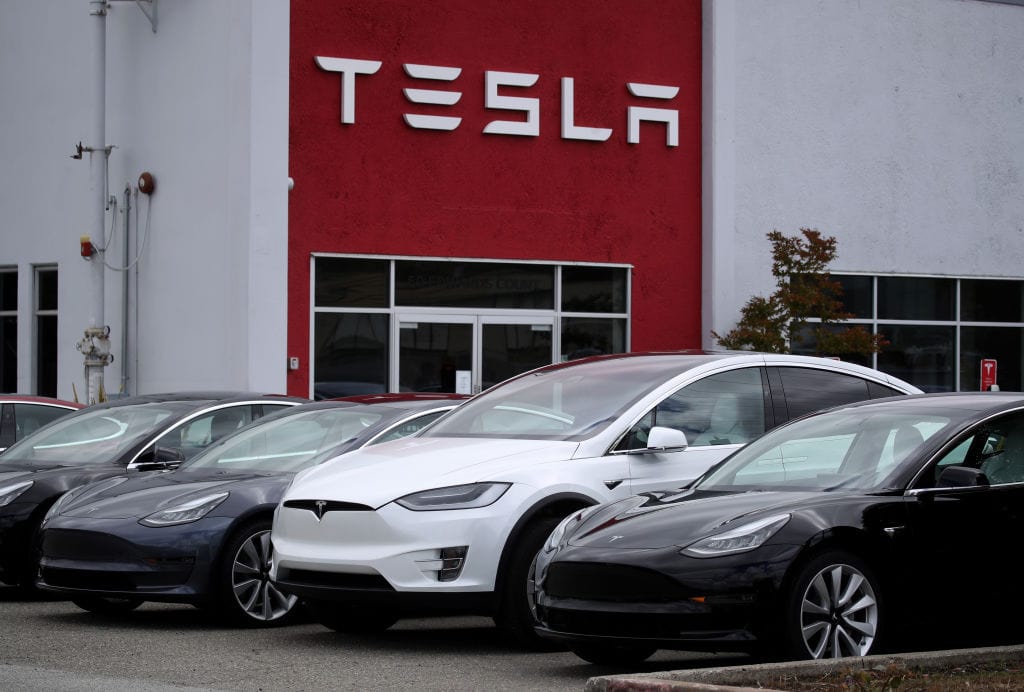
As temperatures continue to drop across the country, electric vehicle owners are being hit with a harsh reality.
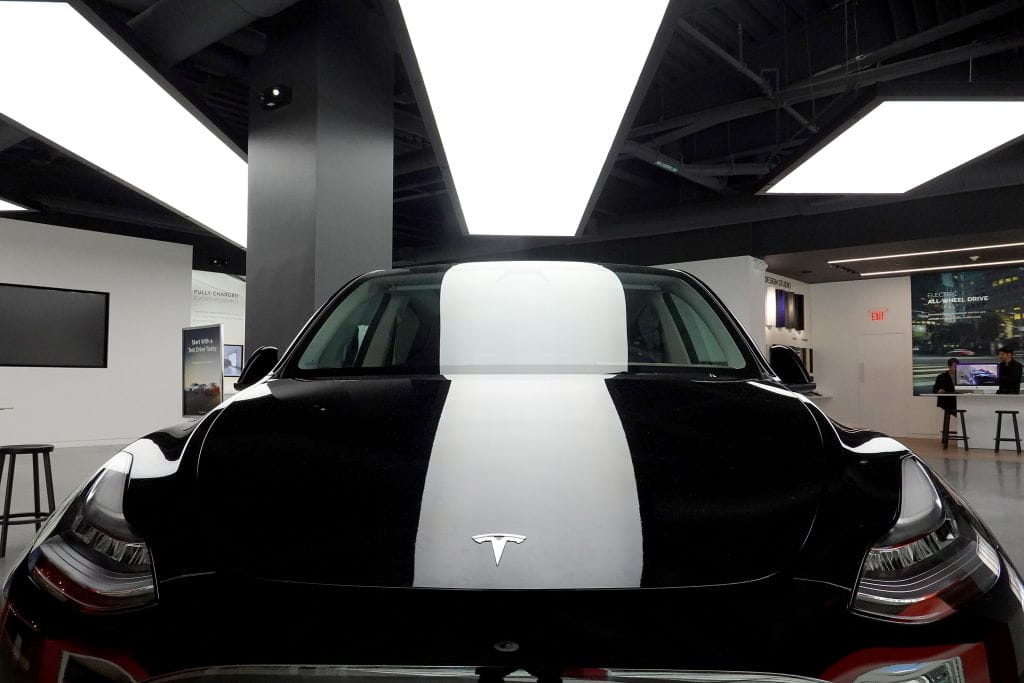
Sadly for those who drive Teslas and other electric vehicles, low temperatures can bring the vehicles to a complete stop.
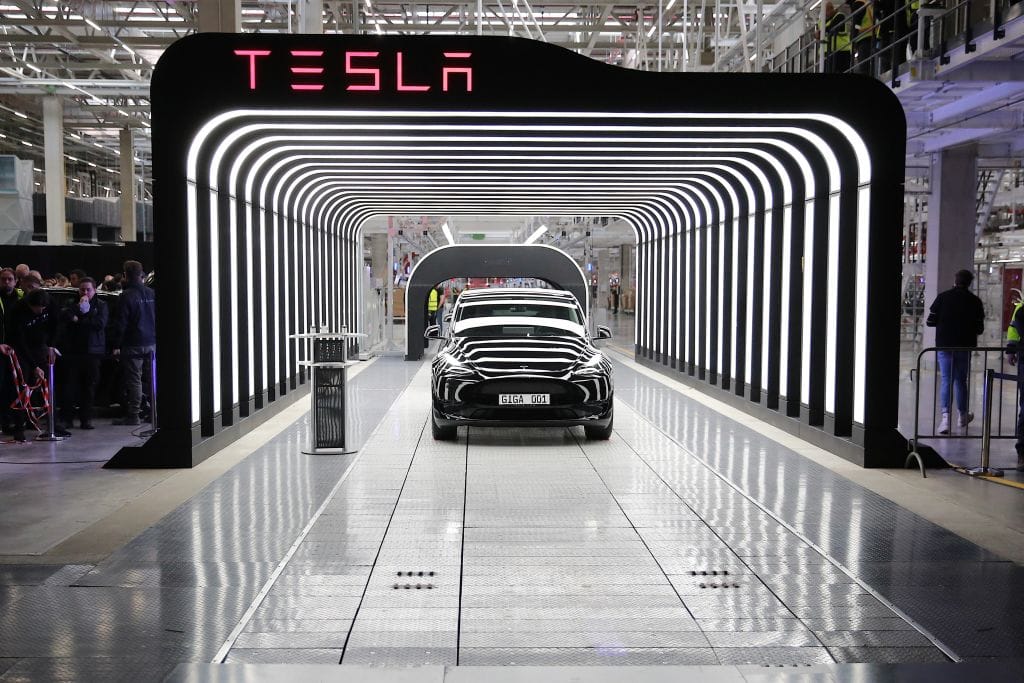
That issue was highlighted this week when some Tesla owners in Chicago discovered their EVs’ batteries had died in sub-zero temperatures.
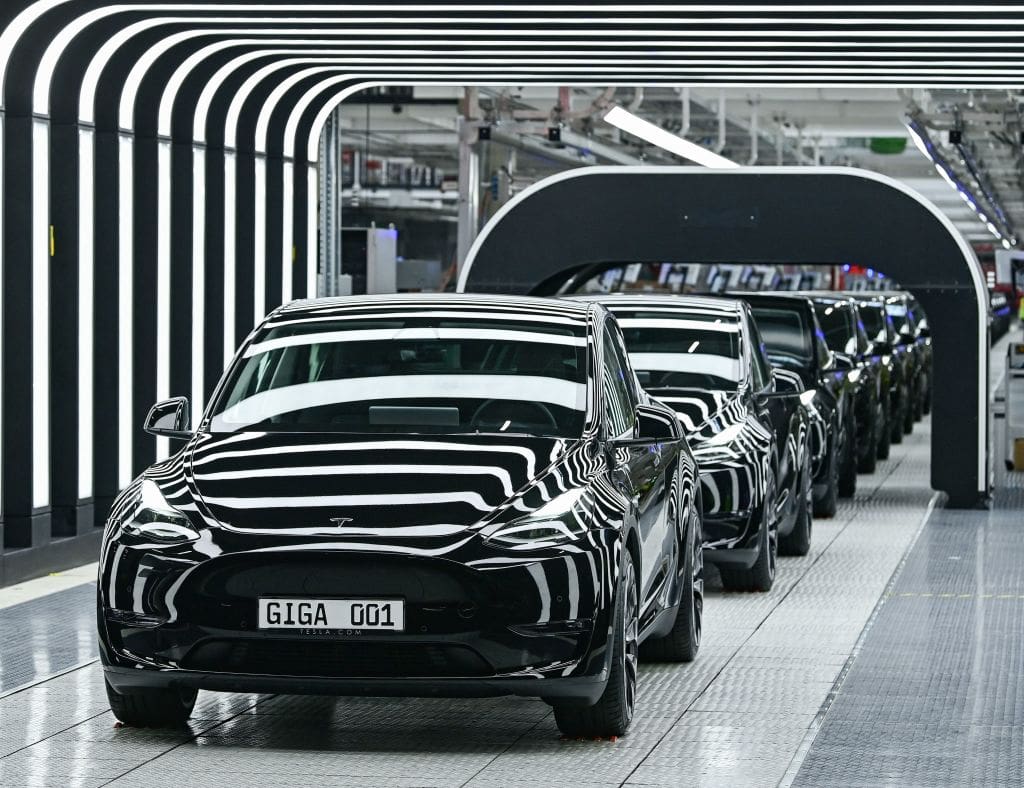
Some drivers also said that some of Tesla charging stations weren’t working.

For the charging stations that still did work, drivers said the stations were taking longer than usual to charge up their vehicles.
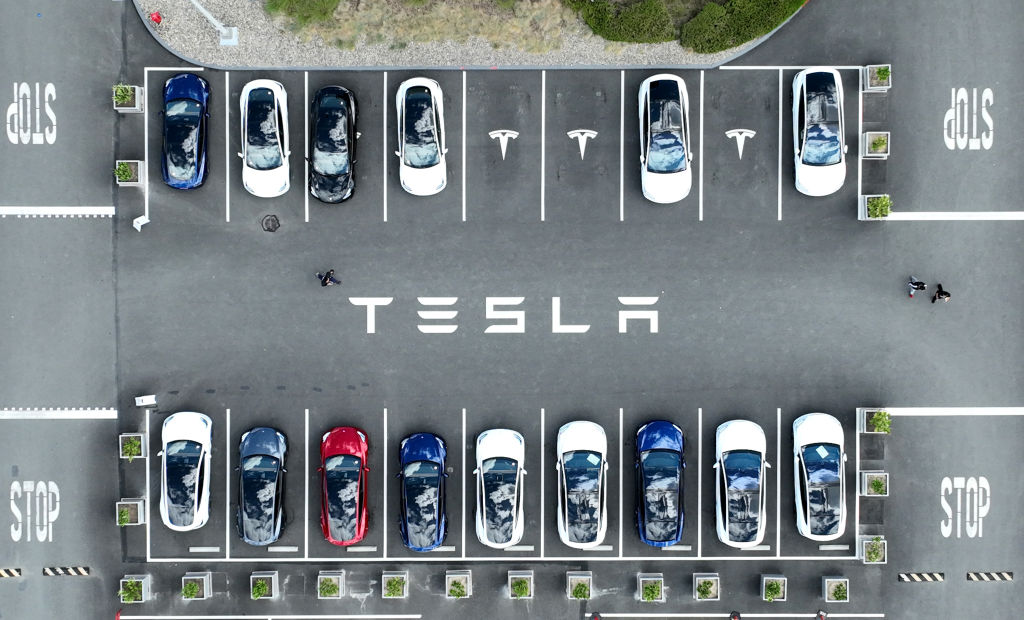
“I’ve been here for over five hours at this point, and I still have not gotten to charge my car,” Tesla driver Brandon Welbourne told CBS Chicago.
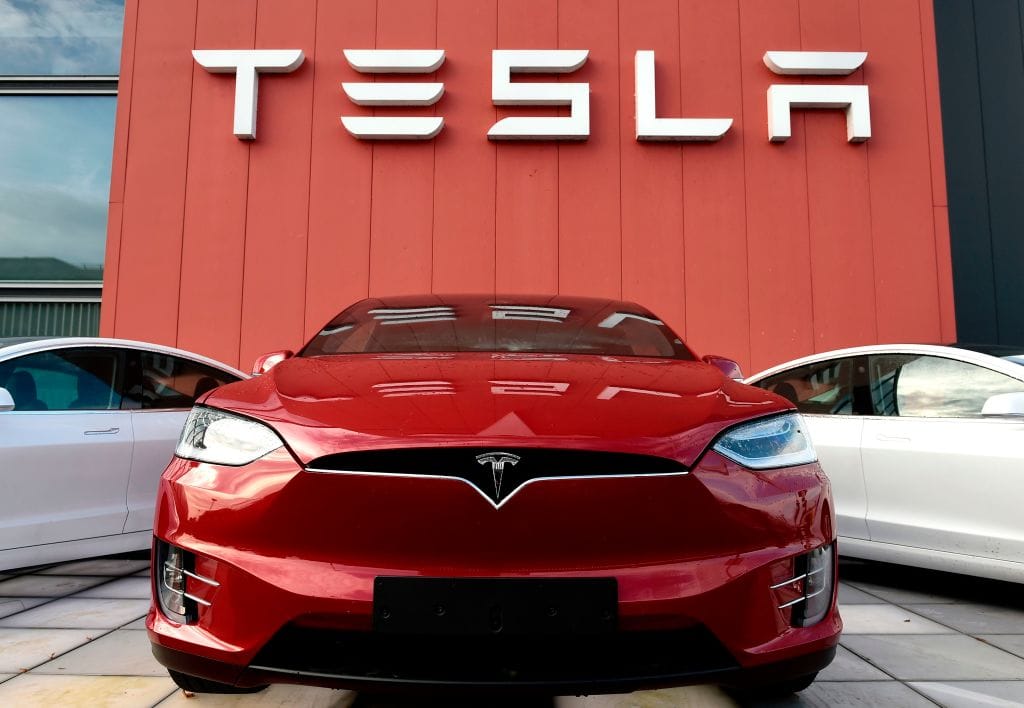
“A charge that should take 45 minutes is taking two hours,” he continued.
An icy history
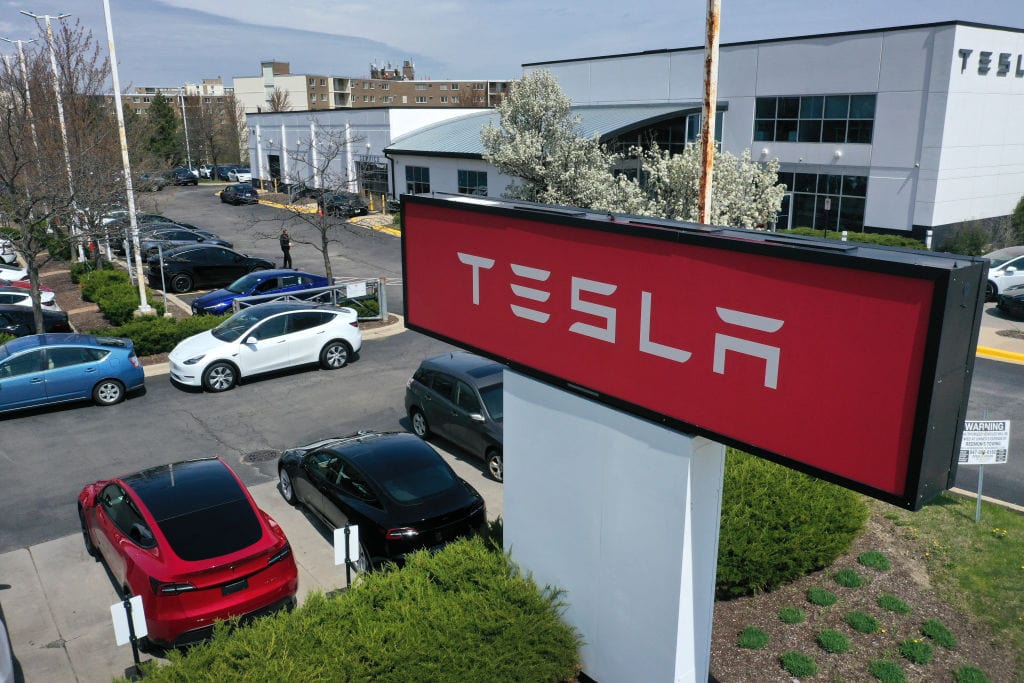
Electric vehicles, also known as EVs, are known for losing efficiency in cold weather.

This is the same issue that Consumer Reports investigated last year due to concerns about significant variations in how different electric cars held up in cold weather.
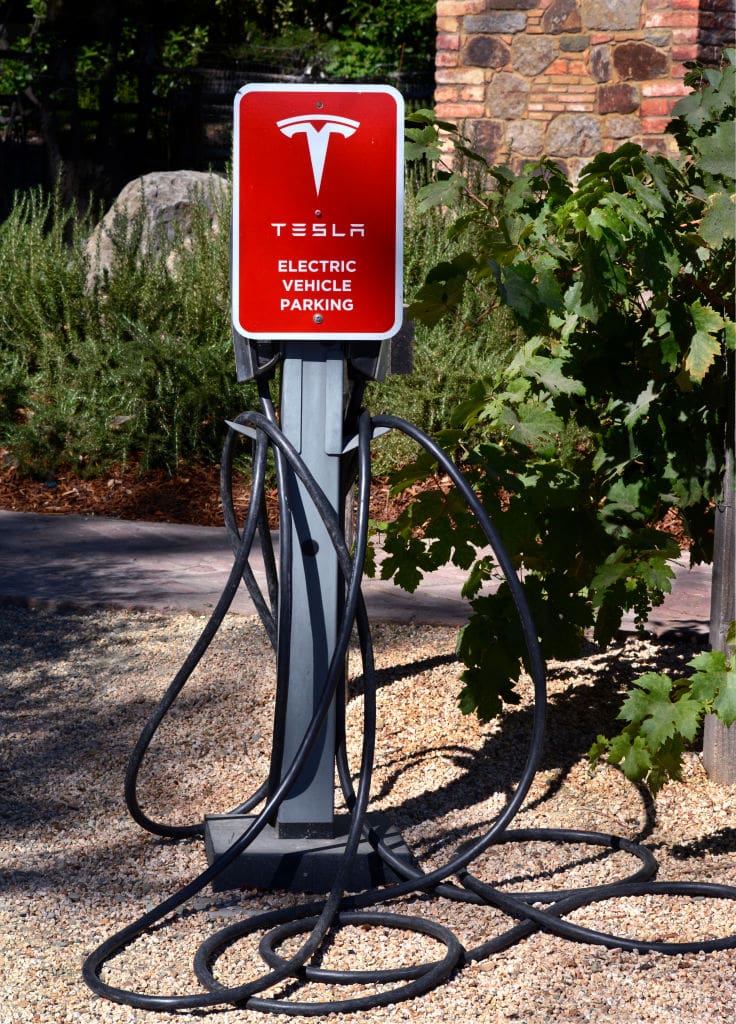
At the same time, the federal government is offering a $7,500 federal tax credit, a financial carrot that helped boost EV sales to a record 1.2 million vehicles last year.
“EVs definitely lose some of their driving range in extreme cold,” Scott Case, co-founder and CEO of Recurrent, a battery research firm, told CBS MoneyWatch.
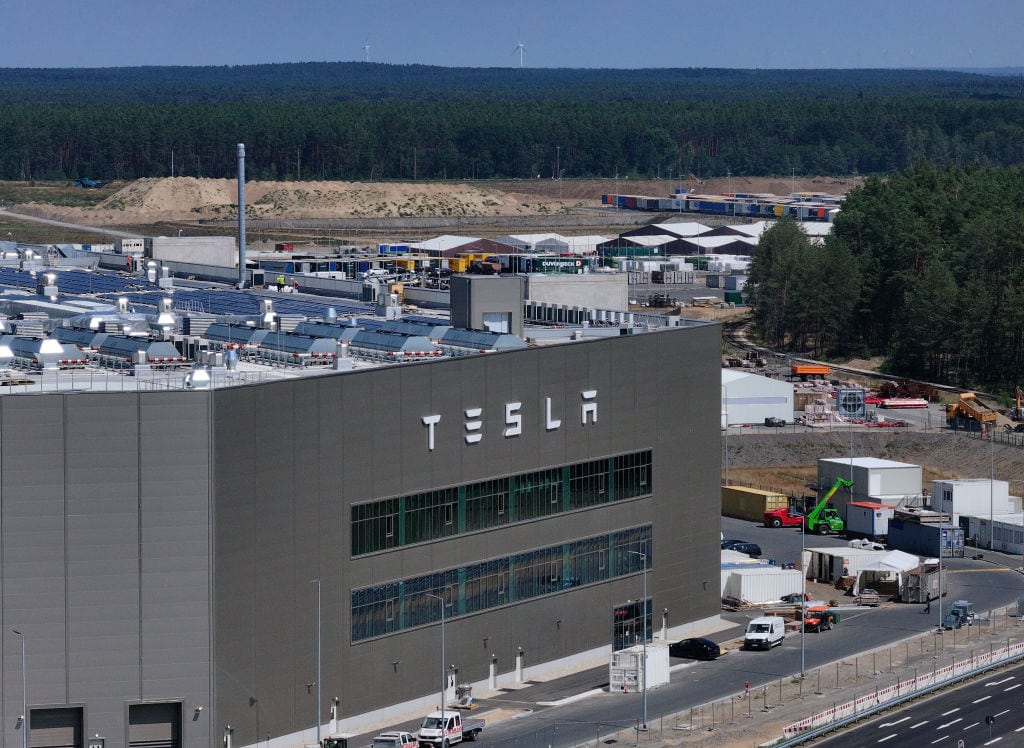
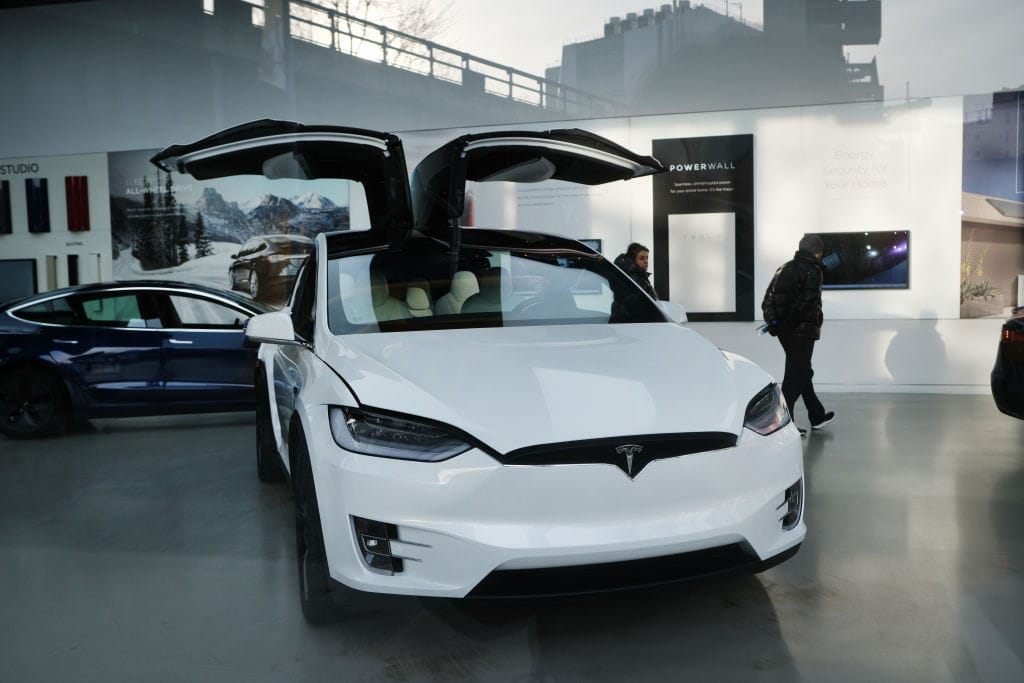
This isn’t unique to cars–this is an issue that can also can occur with other battery-operated devices in the cold.
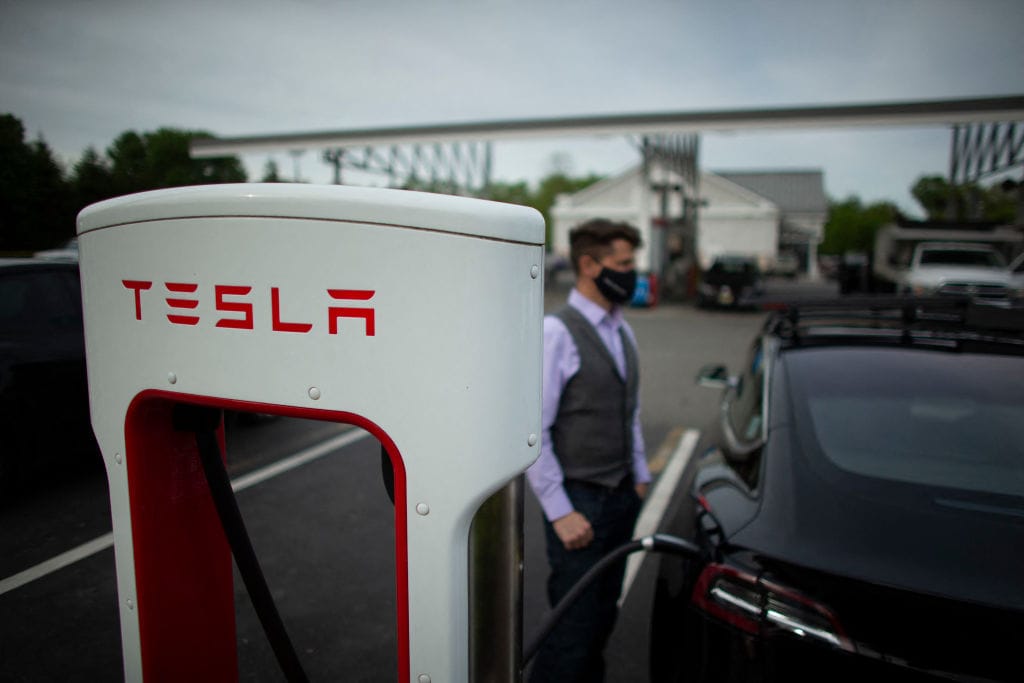
“If you go skiing with your iPhone, you might notice that the battery will burn through more quickly,” Case explained.
He continued, “So halfway through the day it might run out of juice, where normally it would last all day.”
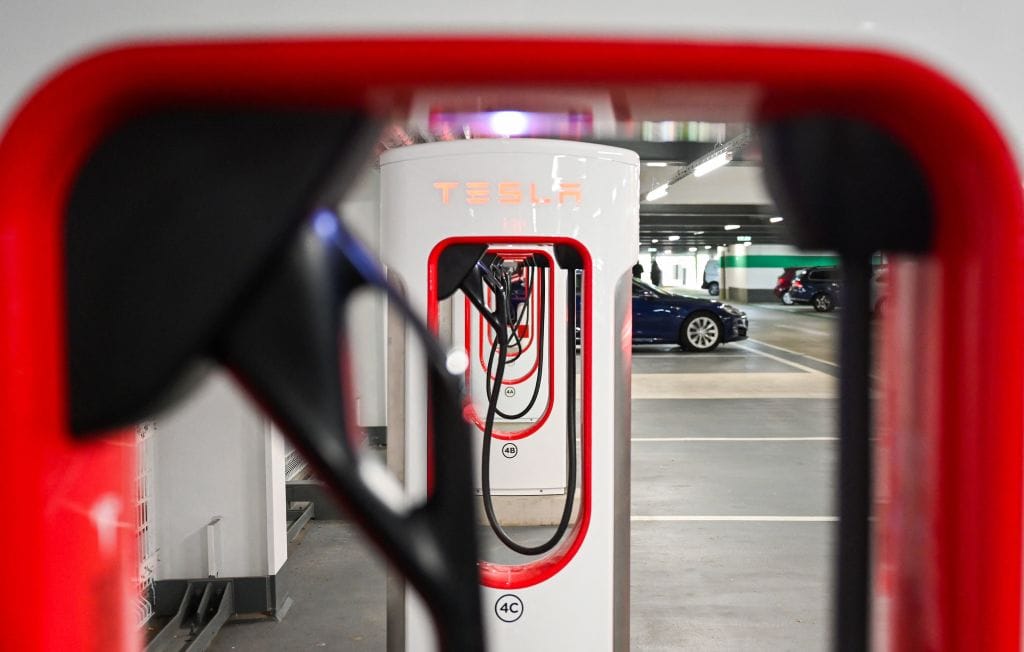
What’s really going on?
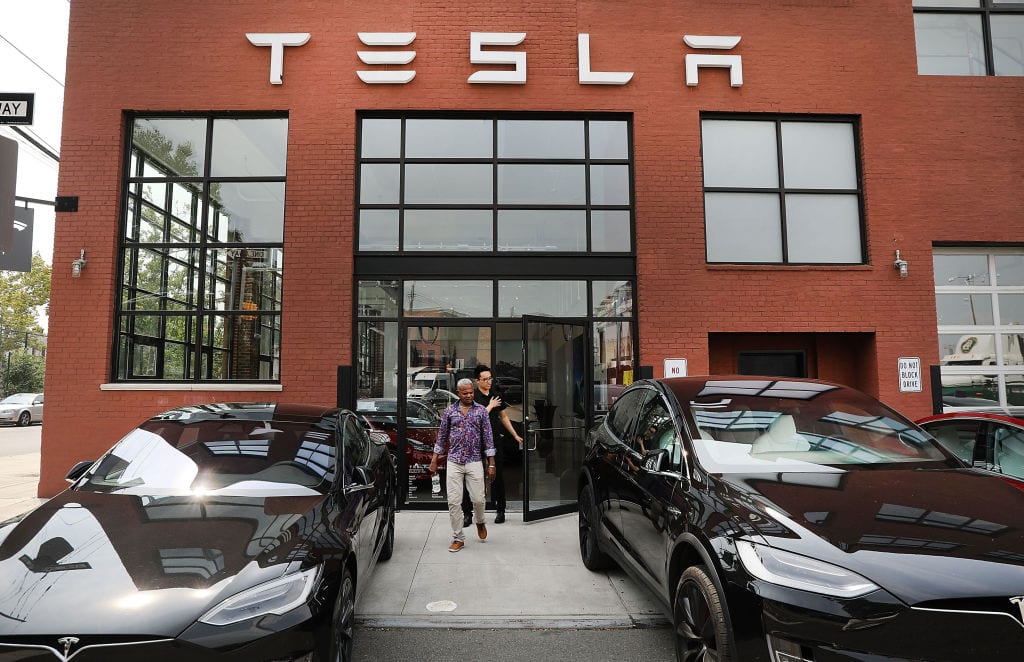
Owners of Teslas and other electric vehicles want to know what’s really happening with their cars in the cold weather.
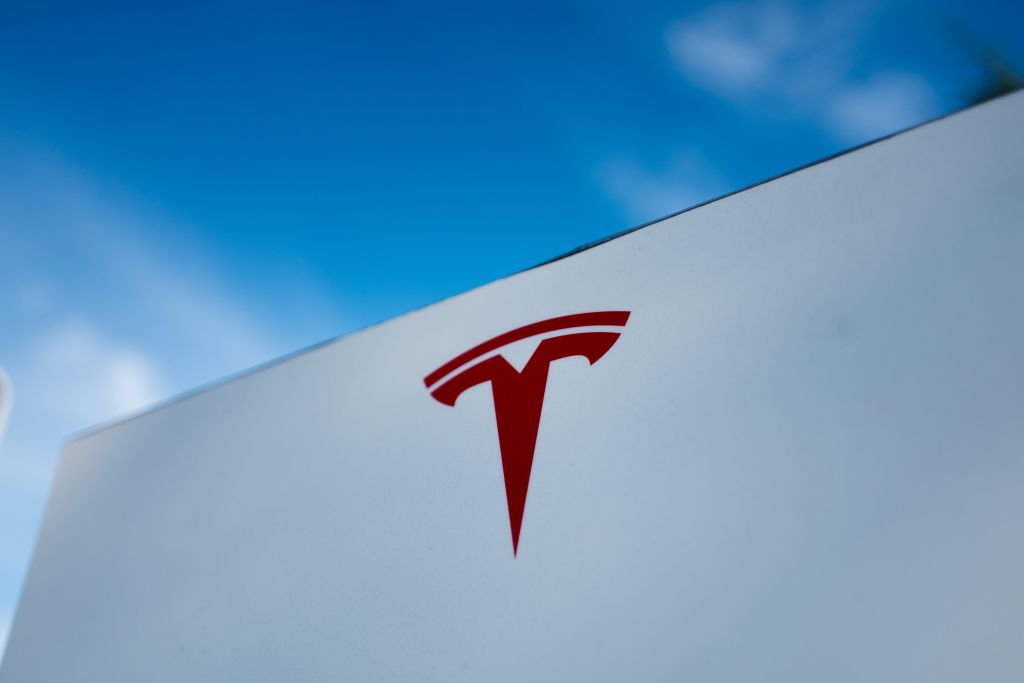
Recurrent’s research has found that below-freezing temperatures reduced driving range up to 30% on 18 popular EV models.
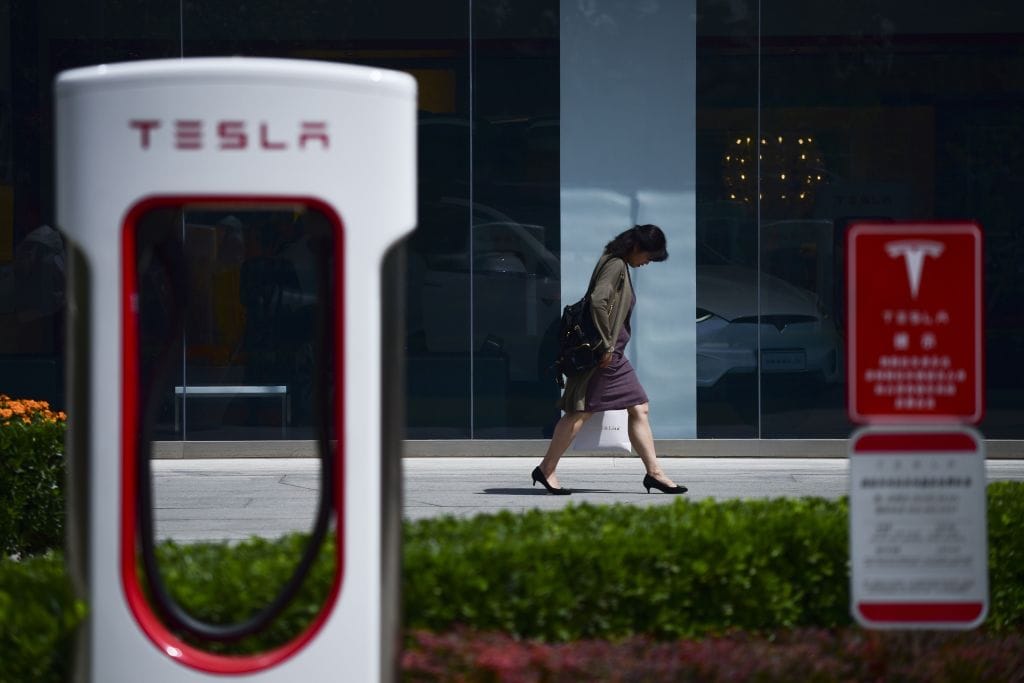
An EV with a 200 to 215 mile range may only go 150 to 175 miles in the cold, Recurrent’s Case said.
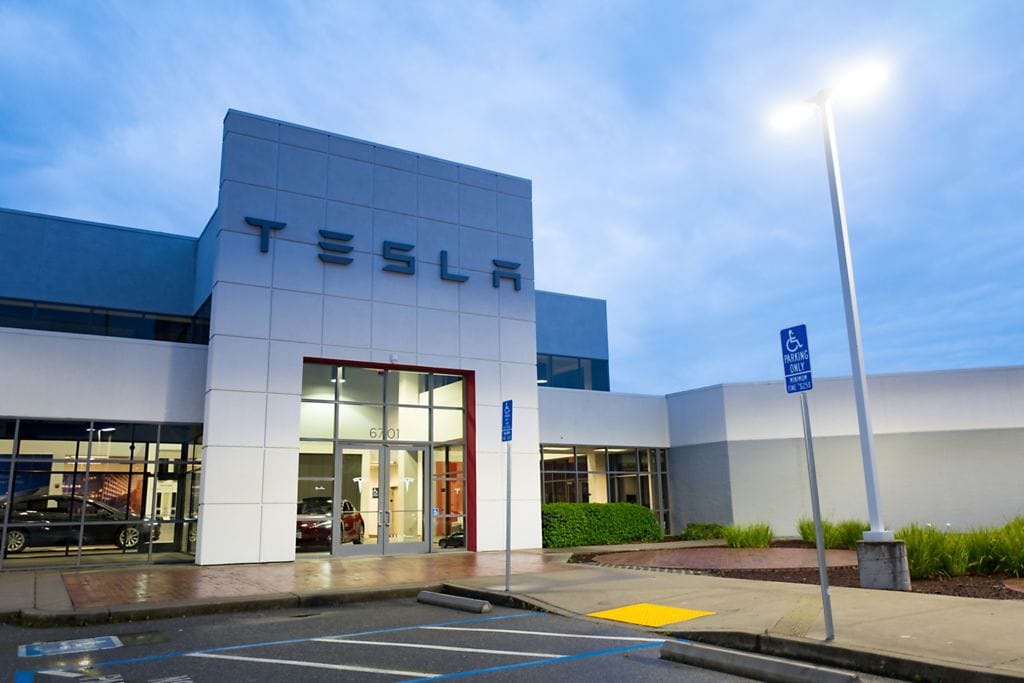
Luckily, that mileage should be fine for most drivers, so it won’t leave too many folks stranded.
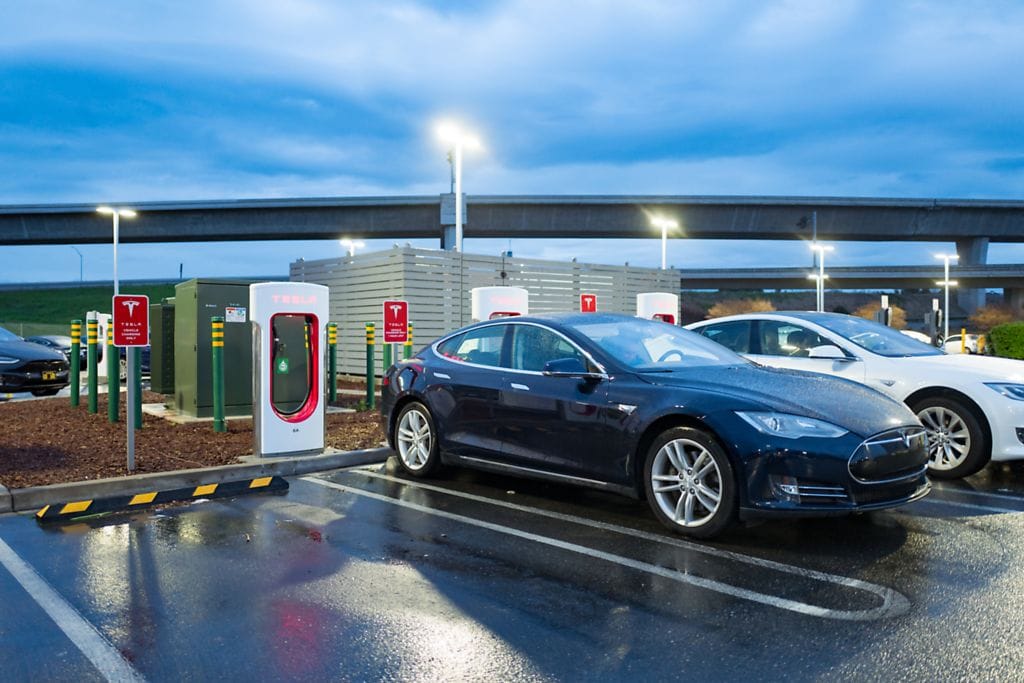
“The average person with an EV drives 30 miles a day,” Case claims.
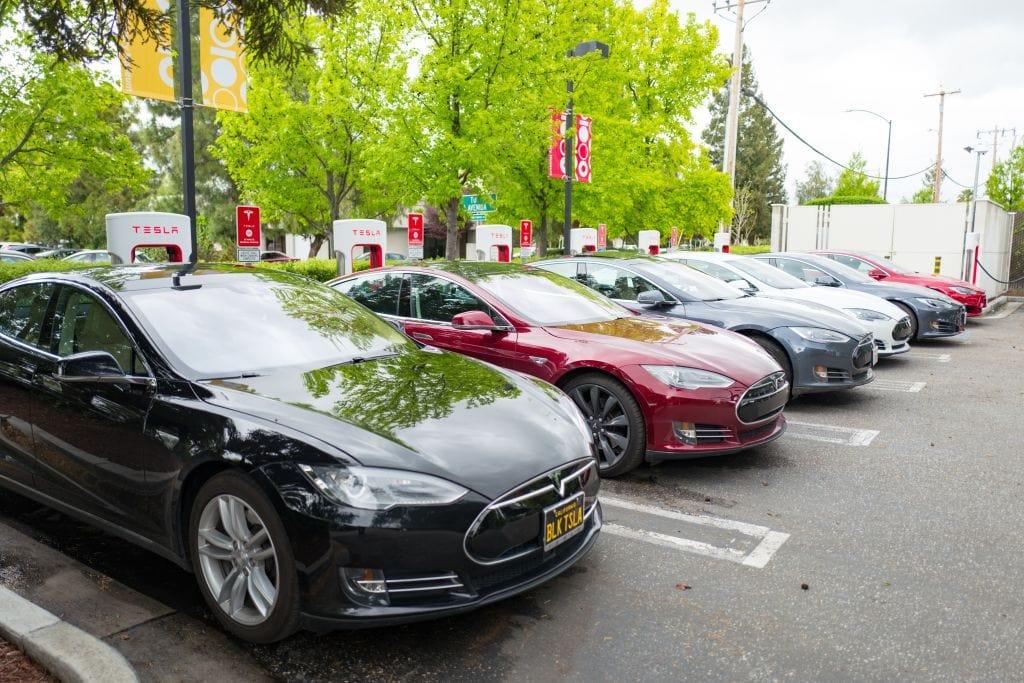
Regardless, a shorter range in cold weather could be an issue for some owners if their EV runs out of a charge miles earlier than expected.
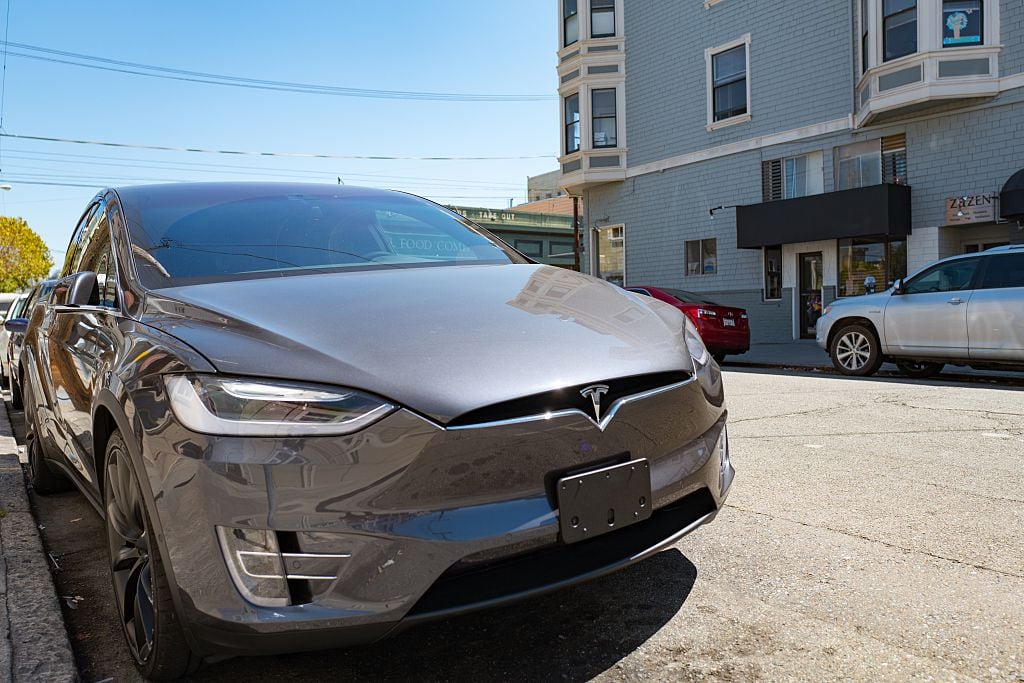
In that case, drivers would have to search for a nearby charging station, or even worse, be left completely stranded.
Why is this happening?
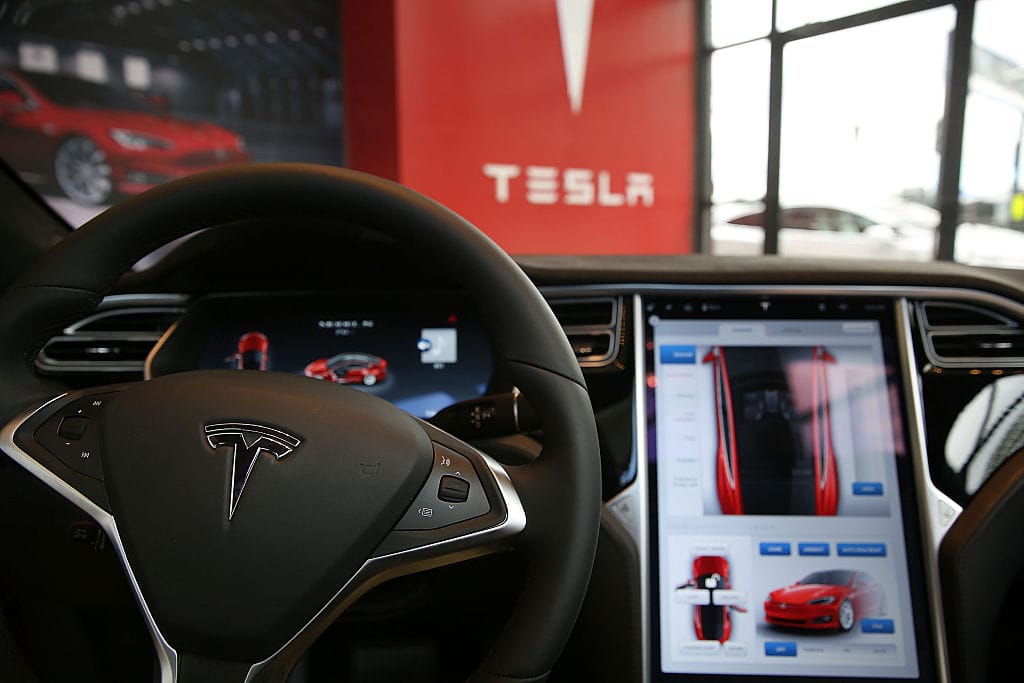
There are a couple reasons why electric vehicles have a tough time in the cold.
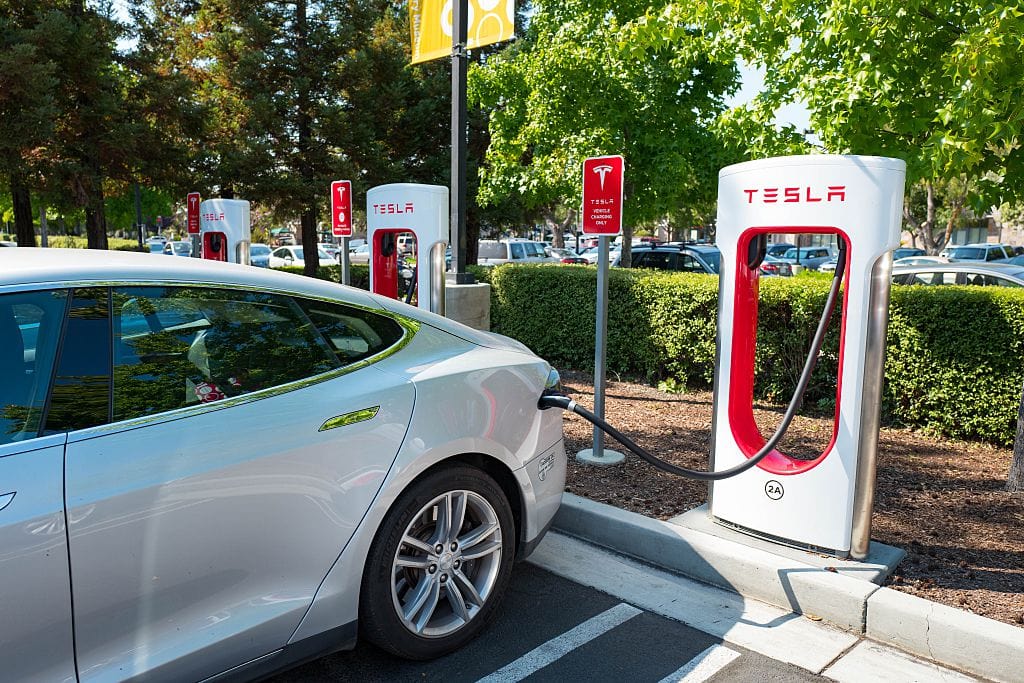
Firstly, chemical and physical reactions inside an EV’s battery require more time when the mercury drops, according to Recurrent.
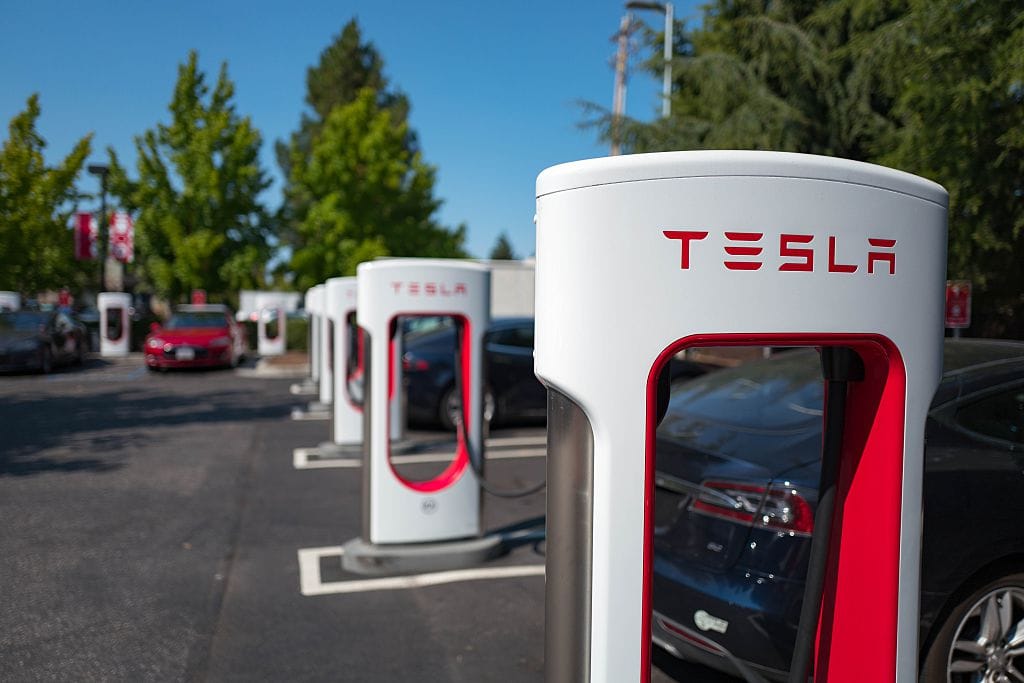
Because the cold slows these physical processes, that cuts down the power available to the EV.
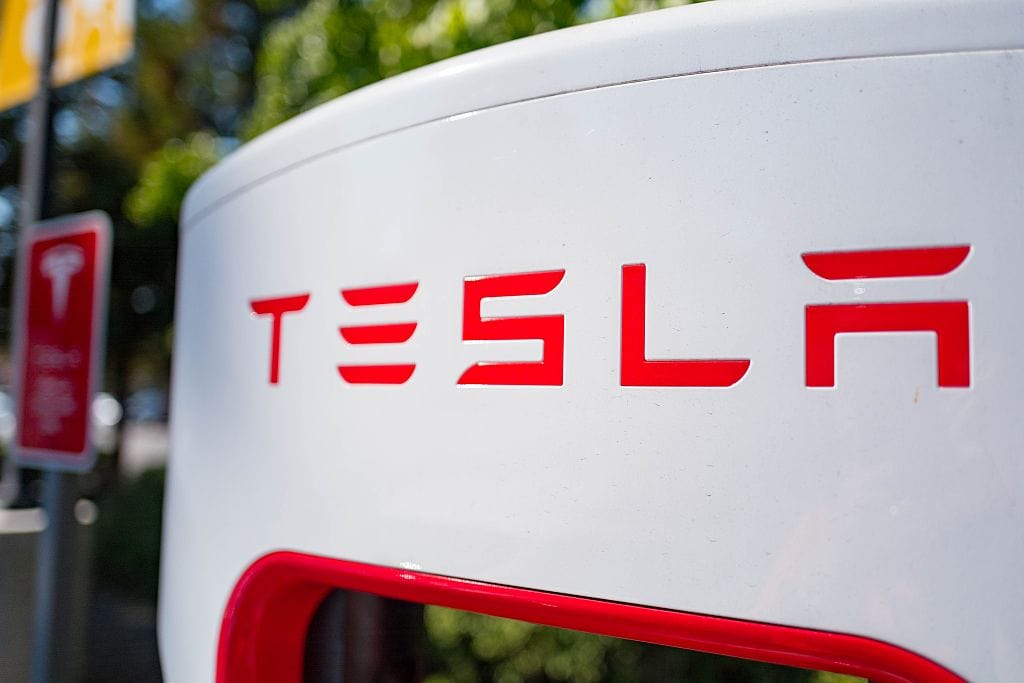
Plus, unlike with cars powered by an internal combustion engines, electric vehicles can’t tap the motor’s heat to warm a vehicle’s interior.
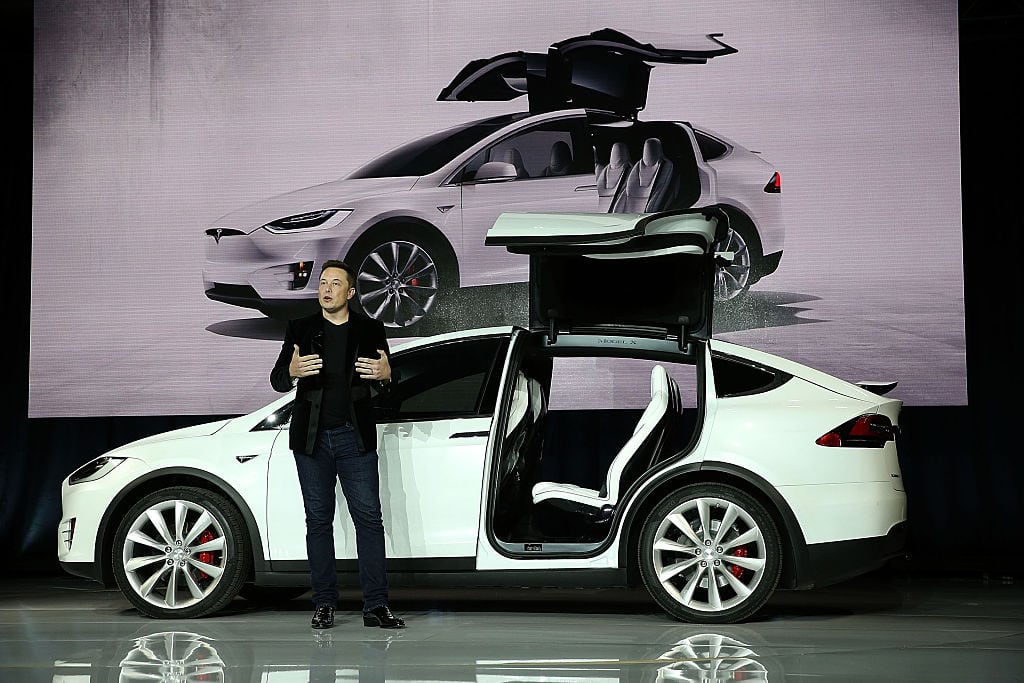
“From a range perspective, EVs tend to do worse in cold weather because of the need to heat the cabin for comfort,” Alex Knizek, manager of automotive testing and insights at Consumer Reports, told CBS MoneyWatch.
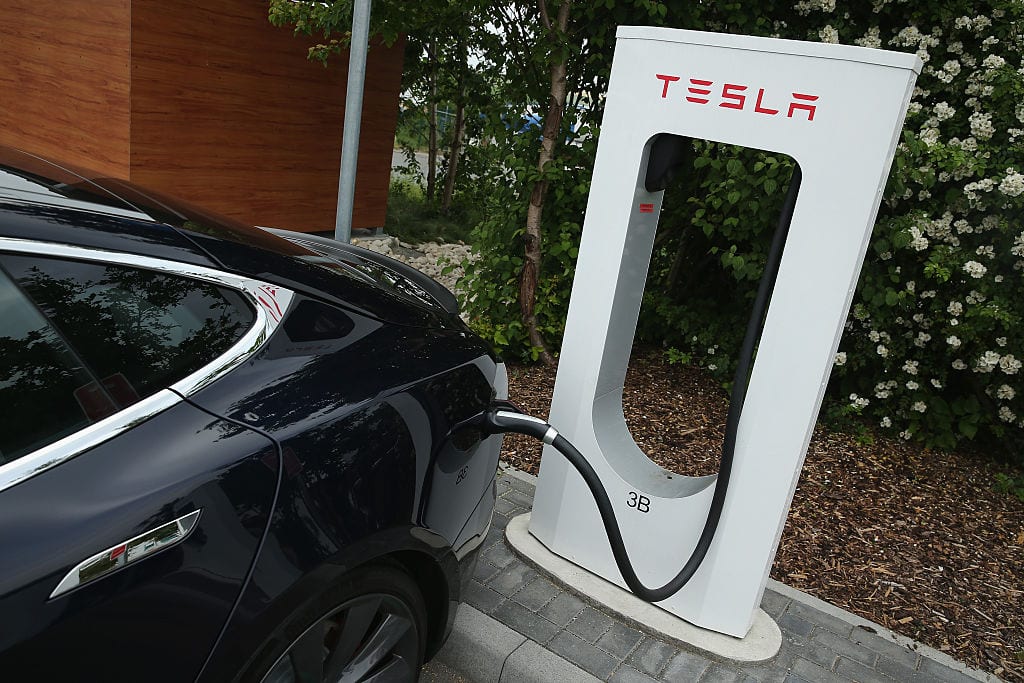
Most newer EVs also have the option to come with a heat pump, which are more efficient, but they are still impacted when temperatures drop so low.
Tesla recently recalled more than 2 million cars with an over-the-air software update.
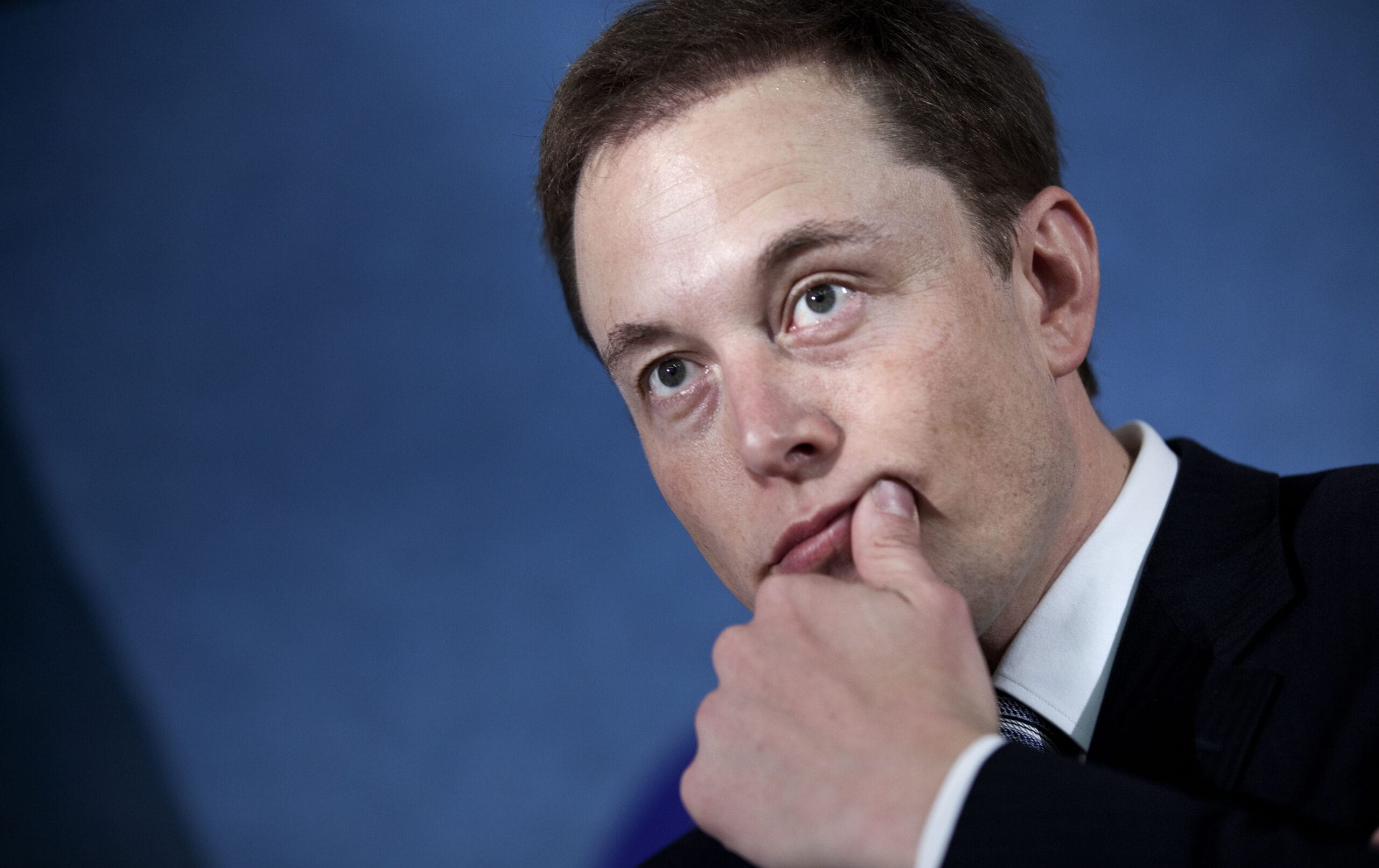
Over 2 million vehicles are being recalled, the National Highway Traffic Safety Administration said back in December.

This news comes as a result of the NHTSA’s two-year investigation into Tesla.
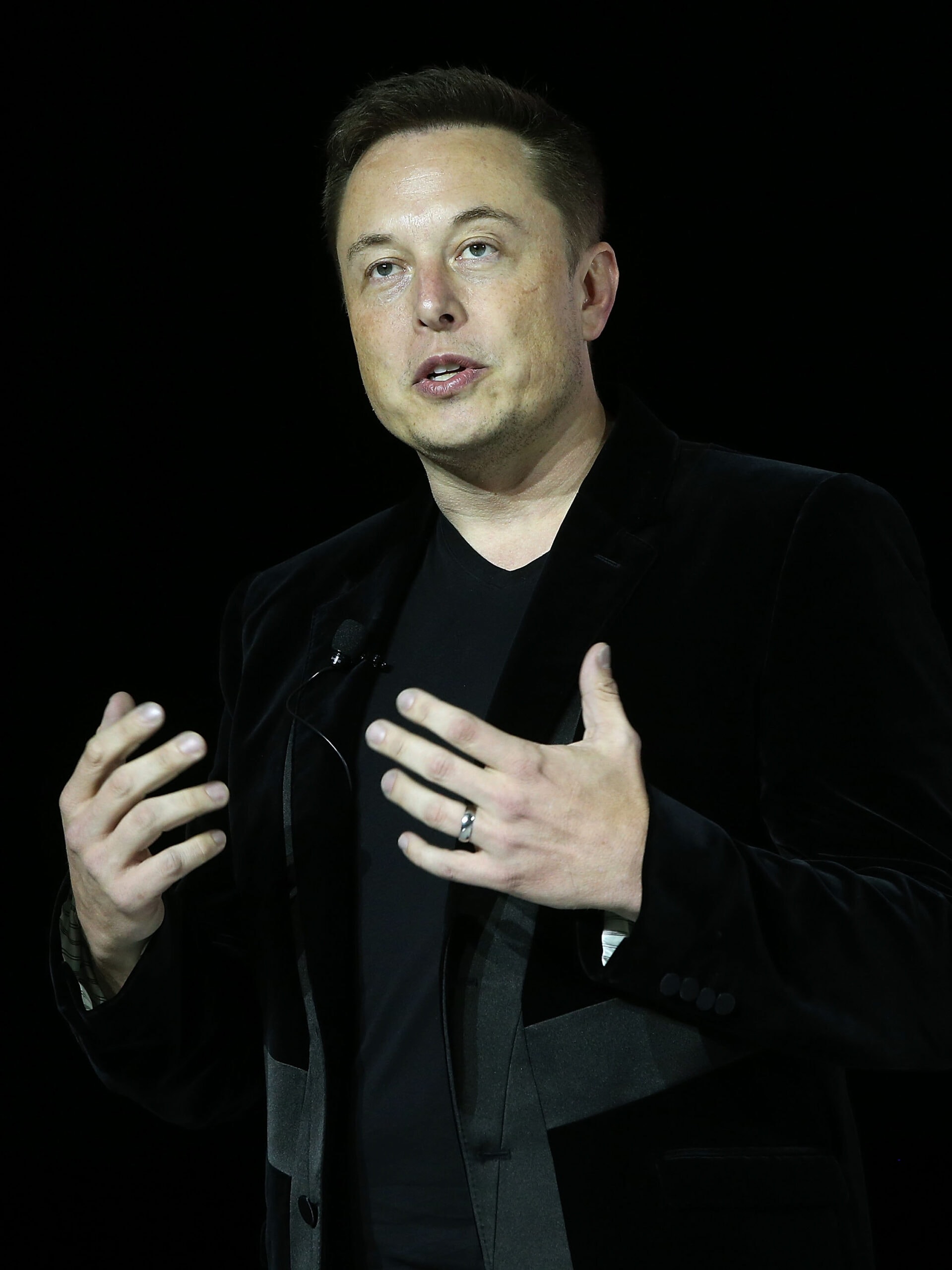
An agency spokesperson told Business Insider the investigation will remain open as it continues to monitor “the efficacy of Tesla’s remedies.”
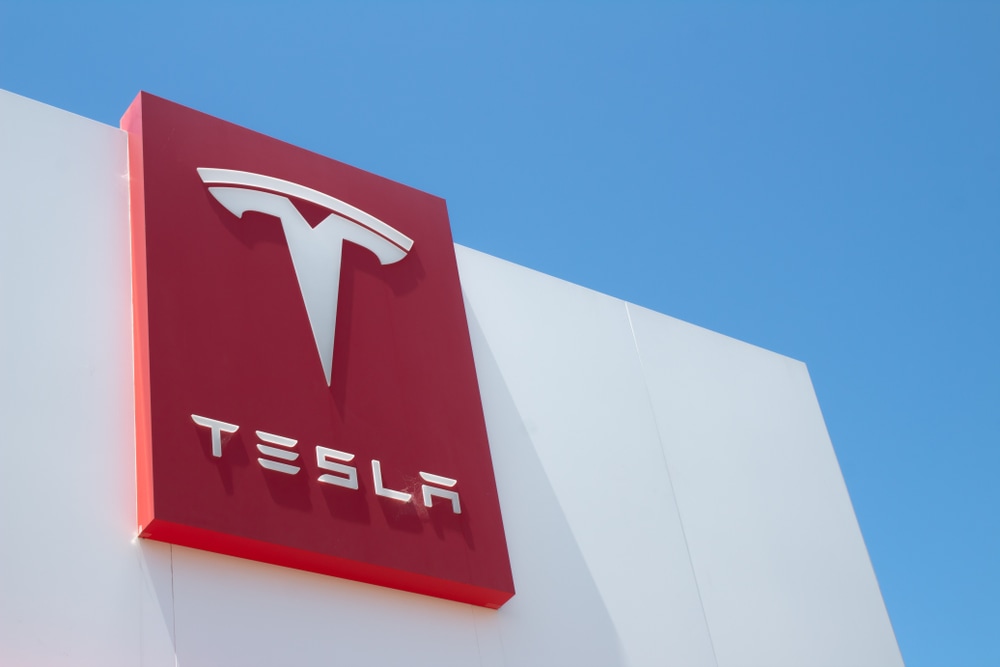
This recall marks the second time this year Tesla has been forced to recall vehicles for Autopilot issues.

This time around, the recall is because the Autopilot system doesn’t do enough to prevent drivers from misusing it.
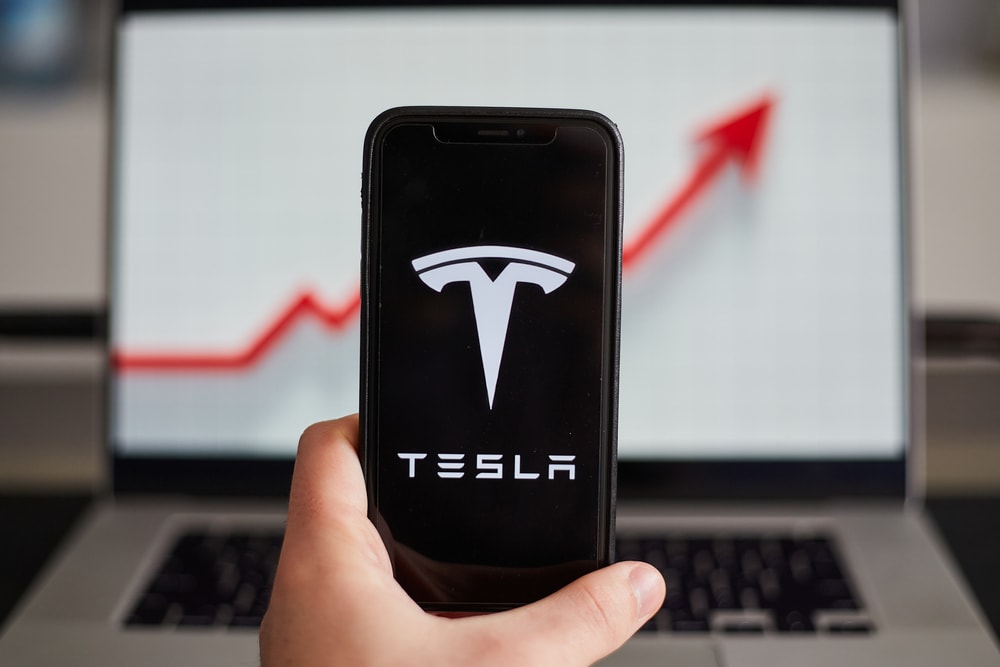
The investigation has seen the NHTSA review 956 crashes in which Autopilot was believed to be in use.

“Automated technology holds great promise for improving safety but only when it is deployed responsibly,” an NHTSA spokesperson said.

They continued, “Today’s action is an example of improving automated systems by prioritizing safety.”

Tesla is set to release a free software update to its 2012-2023 Model S; 2016-2023 Model X; 2017-2023 Model 3; and 2020-2023 Model Y vehicles equipped with all versions of Autosteer.

This feature is part of Tesla’s basic Autopilot package, which requires drivers to keep their hands on the steering wheel so they are prepared to take action.

Unfortunately, the recall notes that the current Autopilot controls may not be adequate to stop drivers from misusing this, meaning those using the feature may not be paying attention as intended.

“Specifically, the investigation found that Tesla’s unique design of its Autopilot system can provide inadequate driver engagement and usage controls that can lead to foreseeable misuse of the system,” the NHTSA spokesperson said.

This marks the second recall this year for Tesla’s automated driving features, which have been involved in hundreds of crashes.

Not only that, it was revealed earlier this year that 95 Tesla fatalities have involved fires or Autopilot.

That number also comes from the National Highway Traffic Safety Administration, who determined a total of 393 people have died in incidents involving a Tesla.

That figure largely consists of pileups, DUIs, medical emergencies, and other collisions that could’ve occurred in any Tesla models.

But, as many as 95 people have died in Teslas that either caught fire or were using the Autopilot feature, according to reports collated by the online database.

That means that almost 1 in every 4 deaths involving Elon Musk’s EV brand happened due to a fire or Autopilot error.

Based on an analysis of NHTSA data from 2019, the Washington Post reported that in a total of 736 crashes involving Tesla’s autopilot feature, 17 people died.

The first known fatality linked to a self-driving car took place in 2016, when a Tesla Model S failed to stop and crashed into a semitrailer truck.
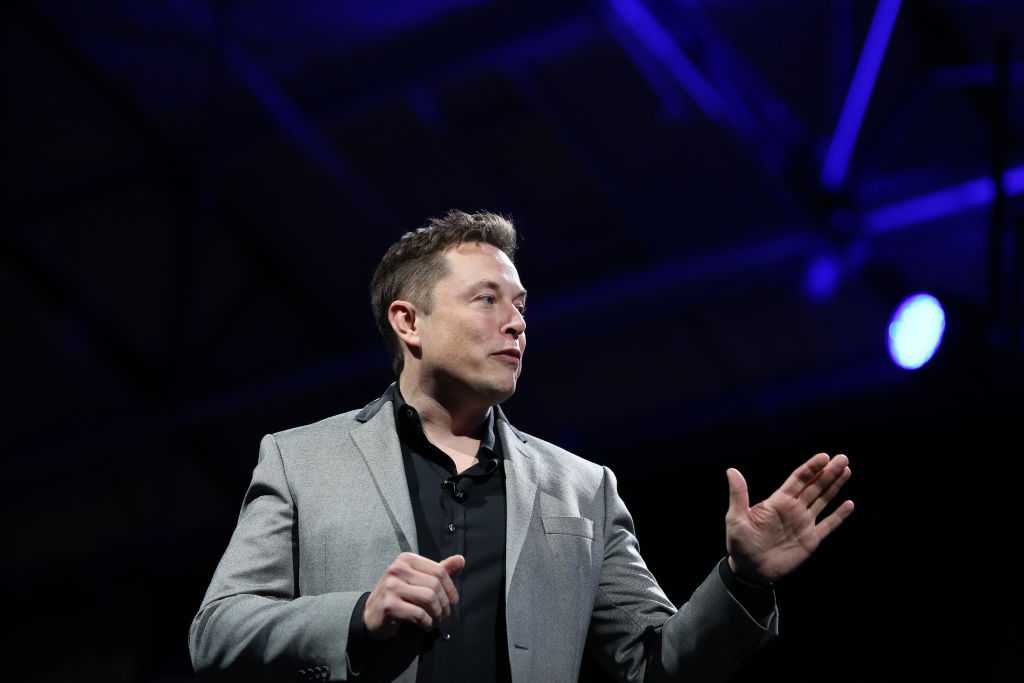
In a 2019 incident in Indiana, a 23-year-old woman was killed after her husband’s Tesla crashed into a parked firetruck.

For that accident, however, the NHTSA has not confirmed whether it was using both Autopilot and Traffic-Aware Cruise Control or just the latter.

In Norway in 2020, a man was killed by a Tesla while standing next to his truck.

In 2022, an NHTSA report said the autopilot on a Tesla Model 3 in Colorado mistakenly drove the car off the road and into a tree before catching fire.

Sadly, Autopilot-involved crashes have risen dramatically in recent years, with a whopping 75% of the 35 deaths occurring since 2020.

This rise in Autopilot-related incidents appears to be since Tesla’s FSD beta feature rollout was rapidly expanded.

The company said at the end of last year that the Tesla feature is used in 400,000 vehicles, compared with just 12,000 over a year earlier.

While Tesla always seems to be in the headlines for accidents, statistics released by the company suggest that their cars are much safer than the average vehicle in the US.

In the fourth quarter of 2022, Tesla said its cars using Autopilot recorded were involved in one crash per every 4.85 million miles — or 0.2 crashes per million miles.

That statistic is compared with around 0.7 crashes per million miles for Teslas not using Autopilot, and a US average of 1.5 crashes per million miles.

The company has not yet released any figures for deaths per million miles, or the total number of miles driven.

Back in February, Tesla issued a recall for more than 360,000 cars over concerns that its Full Self-Driving software may cause vehicles to act “unsafe” around intersections.
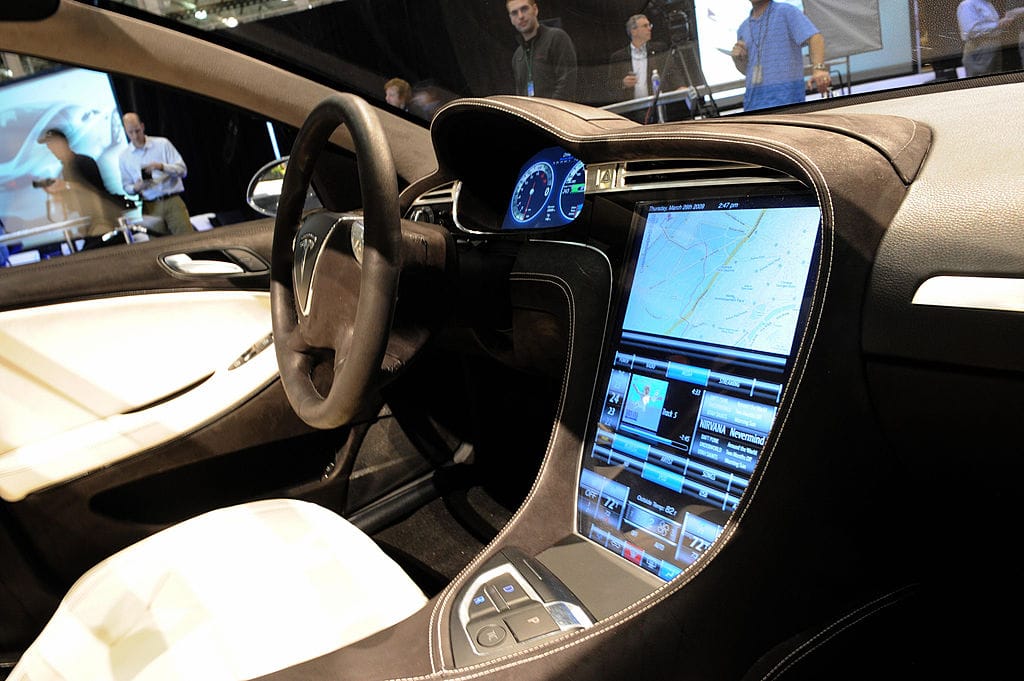
Now that they’ve issued their second recall this year for the same issue, we can only hope that the vehicles are actually getting safer.
